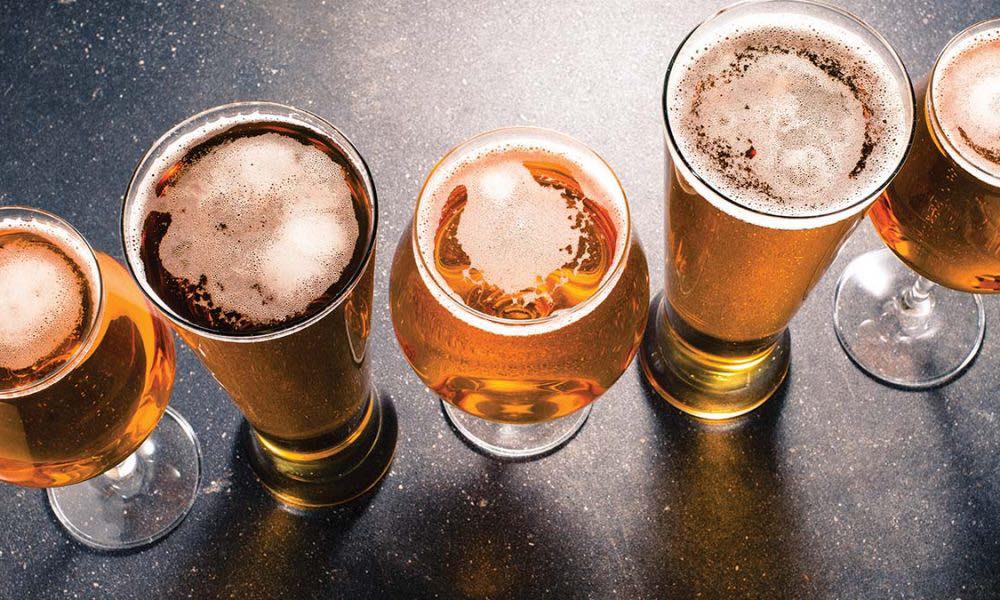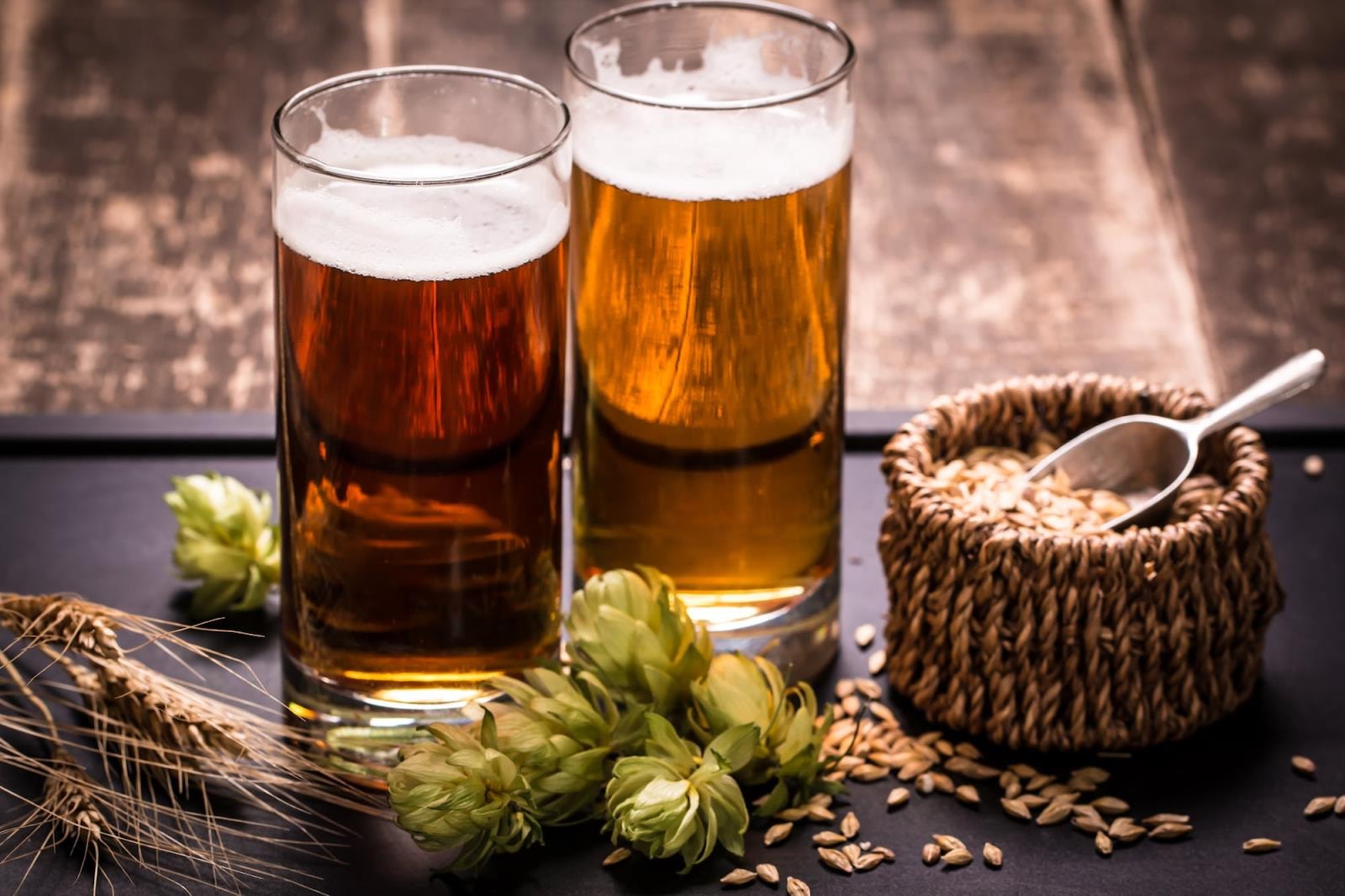

BEER BITTERNESS
Beer is one of the most popular drinks in the world, and beer labels often have two indicators: ABV (alcohol by volume) and IBU (bitterness of beer), which are two important factors in the beer drinking experience. Learn more about ABV and IBU in beer through the following content.
What is IBU?
IBU (International Bitterness Units) is a measure of the bitterness of beer, which is mainly created from hops during the brewing process. Measured on the IBU scale starting at 0, this index can increase indefinitely, although commercial beers rarely exceed 140 IBU. The bitterness of each type of beer is determined by two main factors: hops and dry roasted grains. Both contribute to the flavor and bitterness of beer, with their combination providing beers with bitterness ranging from mild to strong.

Hops contain alpha acids, the main bittering agent, which are released when the hops are boiled in the brewer. The more hops you use, the more bitter the beer will be, creating beers with high bitterness. IPAs (India Pale Ales) are famous for their strong bitterness, with IBUs ranging from 40 to 120, ideal for those who like the characteristic bitterness of hops.
Choosing a beer based on the IBU index
When choosing a new beer, you should pay attention to the IBU index to get an idea of the bitterness. If you like a light beer, we recommend choosing ones with an IBU index under 25. This is a familiar level and easy to taste for Vietnamese people.
Classifying beer based on IBU index
It is also important to note that the names of beers are sometimes based on the IBU level. For example, beers named Strong Ale, Porter, Stout often have higher IBU indexes. However, due to the growth and diversification of craft beer, this classification is no longer as accurate as it used to be.
What is ABV?
In addition to the IBU index, you should also pay attention to the ABV (Alcohol By Volume) index of beer, which is a measure of the alcohol concentration in beer, representing the percentage of alcohol volume per 100ml of liquid at 20°C, helping consumers easily understand the alcohol level of the beer they choose. The higher the ABV percentage, the “heavier” the beer, while the lower percentage is often called “light beer.” You can easily find ABV information on the label of a bottle or can of beer, as many countries require this index to be clearly printed on the packaging as part of the mandatory information.





For craft beer bars, where new beers are often created and there is a variety in alcohol concentration, you can ask the server to know the alcohol concentration of each type of beer in advance. This makes it easy for you to choose the right beer for your taste and the level of alcohol you want to enjoy.
How do ABV and IBU affect the taste of beer?
ABV and IBU are two important factors in the process of creating the taste of beer. The ABV index directly affects the richness of the beer. Beer with high ABV often brings a fuller and stronger taste, sometimes with a little sweetness from the high alcohol content. Meanwhile, beer with low ABV brings a lighter, easier to drink and more refreshing taste.
IBU - measures the bitterness of beer. Beer with high IBU will have a strong bitter taste, often characteristic of lines such as IPA, where hops are used a lot, bringing a rich feeling. In contrast, beer with low IBU, such as lager, will have a lighter bitter taste, easier to drink for those who are not used to high bitterness.
Conclusion
The IBU and ABV index are important factors in enjoying beer. By understanding these characteristics, you can choose the beer that suits your taste and enjoy the beer experience more deeply. Hopefully the above content will bring useful information to readers.

Company Name © All rights Reseverd